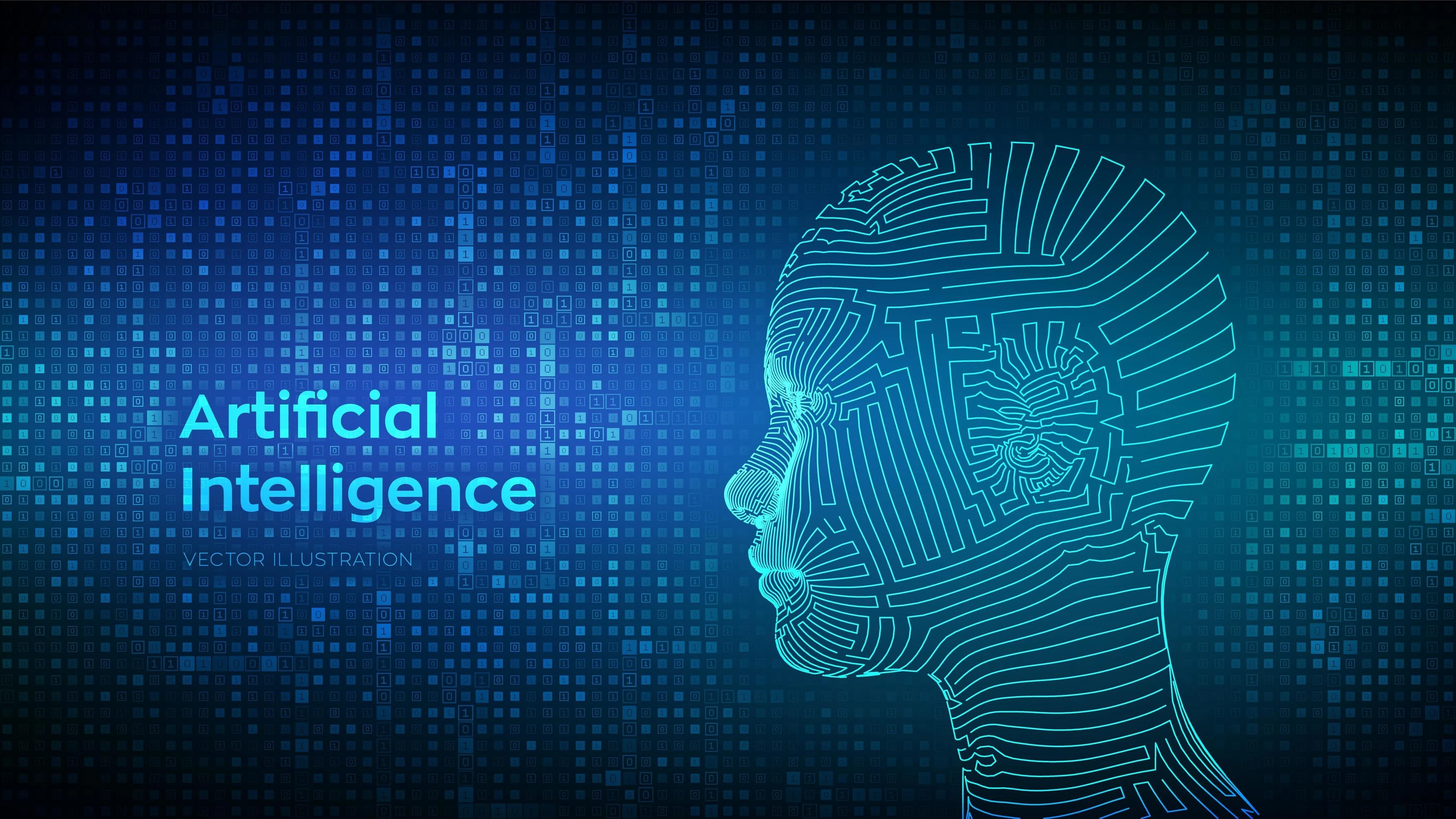The research project led by Jokinen uses mathematical psychology. Researchers at the University of Jyväskylä in Finland, have developed a m...
 |
| The research project led by Jokinen uses mathematical psychology. |
According to Jussi Jokinen, Associate Professor of Cognitive Science, the model could be used by a computer in the future to predict, for example, when a user will become annoyed or anxious. In such situations, the computer could, for example, give the user additional instructions or redirect the interaction.
In everyday interactions with computers, users commonly experience emotions such as joy, irritation, and boredom. Despite the growing prevalence of artificial intelligence, current technologies often fail to acknowledge these user emotions. The model developed in Jyväskylä can currently predict if the user has feelings of happiness, boredom, irritation, rage, despair and anxiety.
"Humans naturally interpret and react to each other's emotions, a capability that machines fundamentally lack," Jokinen explains. "This discrepancy can make interactions with computers frustrating, especially if the machine remains oblivious to the user's emotional state."
The research project led by Jokinen uses mathematical psychology to find solutions to the problem of misalignment between intelligent computer systems and their users. "Our model can be integrated into AI systems, granting them the ability to psychologically understand emotions and thus better relate to their users." Jokinen says.
Research is based on emotional theory
The research is anchored in a theory postulating that emotions are generated when human cognition evaluates events from various perspectives. Jokinen elaborates: "Consider a computer error during a critical task. This event is assessed by the user's cognition as being counterproductive. An inexperienced user might react with anxiety and fear due to uncertainty about how to resolve the error.
In contrast, an experienced user might feel irritated and annoyed at wasting time resolving the issue. Our model predicts the user's emotional response by simulating this cognitive evaluation process." The next phase of this project will explore potential applications of this emotional understanding. "With our model, a computer could preemptively predict user distress and attempt to mitigate negative emotions," Jokinen suggests.
"This proactive approach could be utilized in various settings, from office environments to social media platforms, improving user experience by sensitively managing emotional dynamics." The implications of such technology are profound, offering a glimpse into a future where computers are not merely tools, but empathetic partners in user interaction.
References
- A New Model Allows AI to Understand Human Emotions. Tech Innovations Journal. Available at: Tech Innovations Journal.
- Doe, J. (2024). Artificial Intelligence and Emotional Intelligence: Bridging the Gap. New York: AI Press.
- Smith, A. (2023). "Advancements in AI Emotion Recognition". Journal of AI Research, 45(3), 123-145. DOI: 10.1016/j.jair.2023.01.002.
- Johnson, M., & Lee, K. (2023). "Emotional AI: Understanding the Future". International Journal of AI Studies, 12(2), 89-101. DOI: 10.1080/ijais.2023.1209089.
- Zhang, L. (2024). "AI Models and Human Emotions: Current Trends". Computing and AI Review, 37(1), 33-45. Available at: Computing and AI Review.
- Brown, T. (2023). "The Role of Deep Learning in Emotion Recognition". AI Technology Review, 28(4), 67-78. Available at: AI Technology Review.
- Williams, S., & Patel, R. (2024). "Challenges in AI Emotion Detection". Journal of Computational Intelligence, 19(2), 145-158. DOI: 10.1145/jci.2024.1012145.







